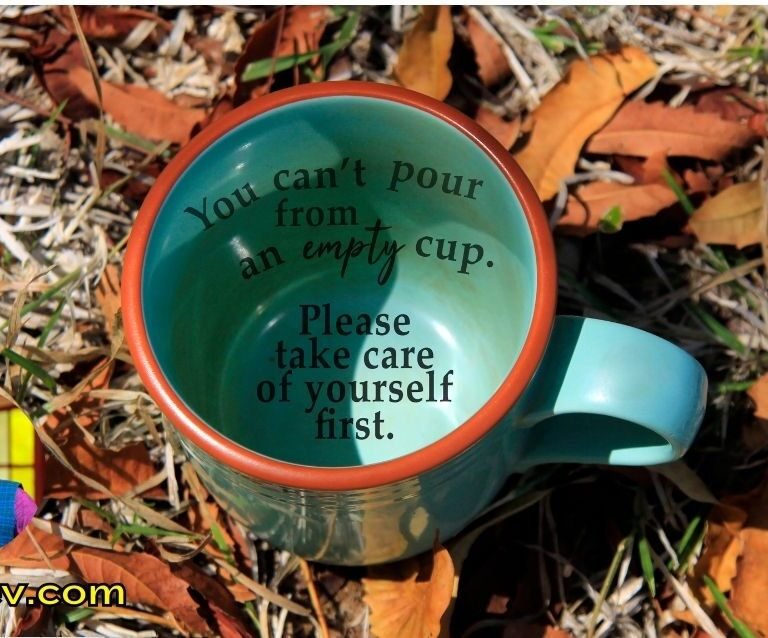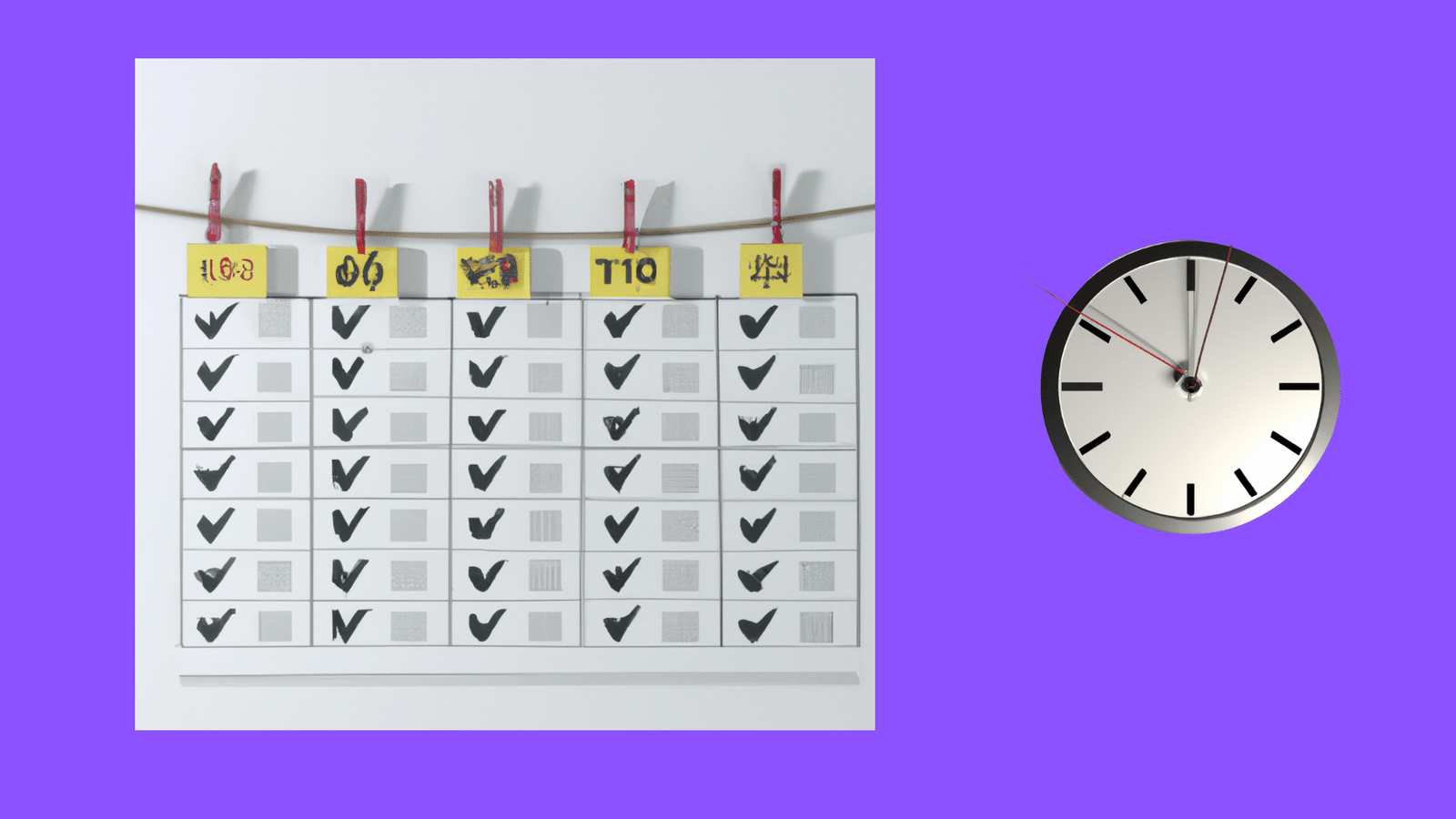Burnout: Symptoms and Causes
Burnout is a state of emotional, physical, and mental exhaustion, often brought about by prolonged and excessive stress. It typically manifests in a range of symptoms that can significantly affect an individual’s well-being and productivity. Fatigue is one of the most prevalent symptoms; individuals may find themselves feeling drained, both emotionally and physically, leading to a lack of motivation and energy to carry out daily tasks. Another common indicator of burnout is cynicism, characterized by a sense of detachment from work or a negative outlook towards one’s responsibilities and colleagues. This emotional distancing can contribute to a decrease in performance, making it difficult for individuals to meet professional expectations or maintain interpersonal relationships.
The causes of burnout are multifaceted, often stemming from workplace dynamics and personal circumstances. One significant contributor is workplace stress, which can arise from unrealistic demands, excessive workload, or a toxic work environment. Moreover, a lack of control over one’s tasks or responsibilities can exacerbate feelings of helplessness, a prevalent factor in burnout. Individuals who feel they have little autonomy in their work processes are more likely to experience burnout, as they may perceive their efforts as futile. In addition, poor work-life balance poses a serious risk for burnout. When individuals struggle to separate their professional obligations from their personal lives, they may neglect self-care, leading to further exhaustion and emotional depletion.
Recognizing the signs and understanding the causes of burnout is crucial for the effective management of one’s mental health. By identifying these symptoms early, individuals can take proactive measures to address their well-being, whether by seeking support or implementing self-care strategies. Acknowledging the pervasive nature of burnout and its potential impact on performance and quality of life reinforces the importance of maintaining a healthy balance between work and personal commitments.
The Importance of Acknowledging Burnout
Acknowledging burnout is a crucial first step in the journey toward recovery and improved mental health. Burnout, often characterized by emotional exhaustion, depersonalization, and a decreased sense of personal accomplishment, can manifest as a response to prolonged stress and overcommitment. Recognizing these symptoms in oneself is essential, as neglecting to do so can exacerbate feelings of overwhelm and lead to further deterioration of mental well-being.
Unfortunately, there exists a significant stigma surrounding burnout and mental health issues in general. Many individuals may feel pressured to present an unyielding facade, leading to denial of their own struggles. It is paramount to understand that admitting to feelings of burnout is not a sign of weakness; rather, it is a courageous acknowledgment of one’s limitations. By embracing vulnerability, individuals can open the door to necessary support systems—whether through friends, family, or professional help—that can aid in recovery.
Once burnout has been acknowledged, individuals can actively identify and implement proactive strategies to counter its effects. These strategies may include establishing healthy work-life boundaries, practicing self-care, and prioritizing mental health over productivity. The act of recognition transforms burnout from an abstract concept into a tangible challenge that can be addressed. Furthermore, it empowers individuals to partake in conversations about burnout within their communities, ultimately contributing to a culture that values mental health.
In guiding oneself or others through the tumultuous landscape of burnout, the importance of acknowledgment cannot be overstated. Recognizing that burnout is a common experience allows individuals to approach their recovery with the intent to heal, fostering resilience and sustainability in their personal and professional lives. By prioritizing acknowledgment, it becomes possible to lay a solid foundation for addressing burnout effectively and holistically.
Practical Strategies for Recharge: Short-term Solutions
Burnout is a prevalent issue that can negatively impact both personal and professional aspects of life. To address this, incorporating short-term solutions into a busy schedule is essential. Techniques such as micro-breaks, physical exercises, mindfulness practices, and deep-breathing exercises can effectively combat feelings of fatigue and stress, leading to improved overall well-being.
Micro-breaks simply involve taking brief breaks throughout the day, lasting just a few minutes. During these intervals, individuals can step away from their tasks and engage in light stretching or simply breathe deeply. These moments help to reset focus and reduce mental exhaustion. For example, a five-minute walk or a stretch can invigorate the body and foster clearer thinking, making it easier to re-engage with work tasks.
Physical exercises, even in short bursts, have been shown to alleviate stress levels significantly. Engaging in quick workouts, such as a series of jumping jacks or a brief yoga session, can enhance mood and energy levels. Making time for these activities, even during a lunch break, can serve as an effective method to recharge one’s mental state.
Mindfulness practices are another excellent strategy for battling burnout. Integrating mindfulness techniques such as meditation, progressive muscle relaxation, or visualization exercises can promote a sense of peace and clarity. Simple breathing exercises, where one focuses on inhaling and exhaling steadily, can also help ground individuals when feeling overwhelmed. Dedicating as little as 5–10 minutes to these practices can yield substantial benefits by fostering a mindful approach to challenges.
Incorporating these short-term strategies into daily routines can make a noticeable difference. By prioritizing micro-breaks, physical activity, mindfulness, and deep-breathing exercises, individuals can effectively recharge their minds and bodies, reducing the toll of burnout while maintaining productivity.
Long-term Strategies for Preventing Burnout
Preventing burnout requires a proactive approach that encompasses various lifestyle changes and enhancements to one’s work environment. One of the most effective long-term strategies is the establishment of clear boundaries between work and personal life. By delineating specific times for work and leisure, individuals can ensure that they take necessary breaks and reduce the overwhelming feelings that accompany continuous engagement with responsibilities. This promotes mental health and increases overall productivity.
Improving time management skills is another crucial element in combating burnout. Individuals can benefit from prioritizing tasks and breaking larger projects into manageable segments. Utilizing tools such as planners, calendars, and digital applications can streamline this process. By allocating time deliberately for both work-related tasks and personal interests, individuals enhance their efficiency while also establishing a healthier work-life balance.
Incorporating hobbies and social activities into daily routines is vital for mental rejuvenation. Engaging in activities that individuals are passionate about can provide an essential outlet for stress relief. This not only benefits personal well-being but also fuels creativity and motivation in professional settings. Whether it’s pursuing sports, art, or community service, these activities offer time away from work pressures and foster a sense of fulfillment.
Moreover, creating a supportive work environment plays an indispensable role in preventing burnout. Open communication with supervisors fosters a culture where employees feel comfortable discussing workload and personal challenges. This can lead to adjustments in responsibilities, clearer expectations, and a general sense of collegial support. Encouraging teamwork and collaboration can further enhance workplace morale and reduce feelings of isolation, which often contribute to burnout.
Emphasizing these long-term strategies can significantly diminish the likelihood of experiencing burnout again, allowing individuals to recharge effectively while maintaining their momentum in both personal and professional realms.
The Role of Self-Care in Combating Burnout
Self-care plays a crucial role in addressing and preventing burnout, particularly in today’s fast-paced environment where the pressures of work and life can accumulate significantly. Understanding self-care extends beyond mere indulgence; it is about creating a balanced lifestyle that fosters well-being. Emphasizing both physical and mental self-care practices is essential for maintaining a healthy state of mind and body.
Physical self-care encompasses practices that nourish the body and enhance overall health. Prioritizing adequate nutrition and engaging in regular exercise can significantly reduce stress levels and improve cognitive function. For instance, a well-balanced diet rich in whole foods can promote better mood and energy levels, thereby contributing to a more productive day. Additionally, incorporating physical activities, such as jogging, yoga, or even leisurely walks, can elevate endorphin levels, providing a natural boost that counters feelings of fatigue often associated with burnout.
On the other hand, mental self-care focuses on the psychological aspects of well-being. Engaging in activities that bring joy or peace can effectively combat stress and anxiety. This may include reading, pursuing hobbies, or practicing mindfulness techniques like meditation. These activities allow individuals to step away from their daily grind, offering a much-needed respite that not only refreshes the mind but also enhances creativity and problem-solving capabilities.
To create a personalized self-care plan, individuals can begin by identifying activities that resonate with their interests and fit seamlessly into their lifestyles. Keeping a journal to track the effects of different self-care practices can help individuals determine which strategies are most effective. Such a tailored approach to self-care ensures that individuals do not overlook their personal needs while navigating the challenges of their professional and personal environments.
Building a Support Network: The Power of Connection
Burnout can feel isolating, making it crucial to have a robust support network to mitigate its effects. Engaging with friends, family, and colleagues fosters emotional well-being and plays a significant role in overcoming the challenges associated with burnout. When we share our experiences and feelings with others, we create an environment that encourages understanding and compassion, which are essential for recovery.
Establishing strong connections with those around us enables individuals to benefit from diverse perspectives and advice. Listening to someone who has navigated similar challenges can provide not just solace, but practical strategies for coping with stress and avoiding burnout. Moreover, a support system acts as a buffer against the emotional toll of demanding situations, reinforcing our resilience. Regularly connecting with friends and family can provide emotional nutrients that counteract the feelings of exhaustion and detachment that often accompany burnout.
To strengthen these relationships, consider allocating time for regular catch-ups, whether in person or virtually. Engaging in shared activities or simply being available to listen fosters a sense of community. It’s also advisable to cultivate a willingness to be vulnerable; expressing one’s struggles can promote deeper emotional bonds and demonstrate the value of mutual support. Furthermore, colleagues may offer unique insights into workplace dynamics and pressures. Participating in group activities or professional networks can help build camaraderie and lead to collaborative solutions for common challenges.
When facing burnout, seeking help is not a sign of weakness; rather, it reflects a proactive approach to self-care. It is essential to communicate honestly about one’s feelings to overcome the isolation that can accompany stressful experiences. By leaning on our support network, we can navigate the complexities of burnout while maintaining momentum in both personal and professional spheres.
Setting Healthy Boundaries at Work and Home
Establishing healthy boundaries is paramount for maintaining well-being and preventing burnout, whether in professional or personal settings. To begin, it is essential to identify one’s personal limits. Knowing when to say no or when to take a step back is vital. Reflecting on past experiences where feeling overwhelmed led to fatigue can provide insights into particular triggers and boundaries that need reinforcing. This introspection helps individuals define and uphold their limits.
Effective communication is also crucial when it comes to setting boundaries. Clearly articulating your needs to colleagues, supervisors, and family members fosters understanding and respect. For instance, expressing explicit availability hours at work can prevent encroachment on personal time. Moreover, utilizing supportive language, such as “I need to prioritize my health” or “I cannot take on additional tasks right now,” can mitigate feelings of guilt associated with setting limits.
To manage workload effectively, consider implementing strategies such as prioritizing tasks and breaking them down into smaller, manageable steps. Employing tools like calendars or task management applications can aid in visualizing commitments and scheduling breaks, thereby reducing the temptation to overextend oneself. Setting specific time frames for work tasks can separate work hours from personal time, which is essential for mental recovery.
Furthermore, cultivate practices that promote a balanced lifestyle, such as dedicating certain hours purely for personal relaxation or engagement in hobbies. Allowing oneself to disconnect fully from work during these times reinforces boundaries. Regular check-ins with oneself to assess stress levels and workload can help in adjusting these boundaries as needed, ensuring they remain effective over time. Maintaining healthy boundaries is a continuous process and can significantly enhance overall well-being, ultimately laying the groundwork for sustained productivity and fulfillment.
Change: When to Consider a Shift
In the journey to combat burnout, acknowledging the need for change is an essential step that can significantly impact one’s professional and personal well-being. Many individuals may experience feelings of exhaustion, disengagement, or diminished fulfillment in their current roles, often indicative of burnout. Recognizing these signs is crucial, as they may signal that a transformation is necessary for reclaiming motivation and passion.
One of the first considerations when confronting burnout is to evaluate your current situation critically. Are you feeling consistently overwhelmed or uninspired by your work? These feelings may suggest that a shift—be it a job change, a temporary hiatus, or even a complete career overhaul—could be beneficial. Engaging in an honest assessment of your passions and long-term goals is vital. Determine whether your current role aligns with your values and aspirations, as a misalignment can exacerbate feelings of burnout. If a disconnect is evident, seeking opportunities that resonate more with your interests could lead to increased job satisfaction and prevent potential burnout.
Moreover, it’s essential to contemplate the benefits of taking time away from your current environment. A well-planned break can provide the mental space needed to reflect on your path, evaluate potential changes, and recharge your motivation. Whether through a vacation, a sabbatical, or simply stepping back to reassess your career direction, each option presents the chance to regain clarity. Additionally, pursuing new skills or fields might open doors to fresh opportunities that are more in line with your overall happiness.
Ultimately, embracing change does not mean you are abandoning your current responsibilities; rather, it signifies a proactive approach to safeguarding your well-being. By recognizing when a shift is necessary, you empower yourself to fight against burnout effectively while continuing to progress in your career. This willingness to change is a vital strategy in the pursuit of sustained happiness and professional fulfillment.
Moving Forward with Intention
As we conclude our exploration of burnout and its alleviation, it becomes essential to reflect on the crucial strategies discussed throughout this blog post. The journey toward mitigating burnout is not merely a one-time endeavor but rather a continual process of self-awareness and commitment to personal well-being. Each reader is encouraged to internalize these strategies, understanding that they provide a roadmap not just for recovery but for a more balanced lifestyle moving forward.
One primary strategy involves recognizing the signs of burnout early. Awareness acts as the first barrier between exhaustion and resilience. Regularly checking in with oneself and assessing emotional and physical states can help identify feelings of overwhelm or disenchantment before they escalate. Additionally, practicing self-care is paramount. This encompasses activities that foster mental, emotional, and physical health, ranging from exercise and hobbies to mindfulness practices. The commitment to self-care should be viewed not as a temporary fix, but as a vital component of daily life.
Moreover, establishing boundaries is indispensable in preventing future burnout. Whether at work or in personal relationships, learning to say no and prioritizing tasks can significantly reduce stress levels. It enables individuals to focus on their intentions and achieve a sustainable balance between their obligations and personal needs. Coupled with continual evaluation of one’s circumstances, especially during moments of high stress, these strategies nurture resilience and enhance overall well-being.
Ultimately, the fight against burnout is one of both action and intent. Implementing these strategies allows individuals to approach their lives with renewed energy and purpose. Remember that focusing on personal well-being and making intentional choices are critical to sustaining momentum. Embrace the journey ahead with resolve and commitment, fostering an environment where burnout becomes a rare setback rather than a constant challenge.









